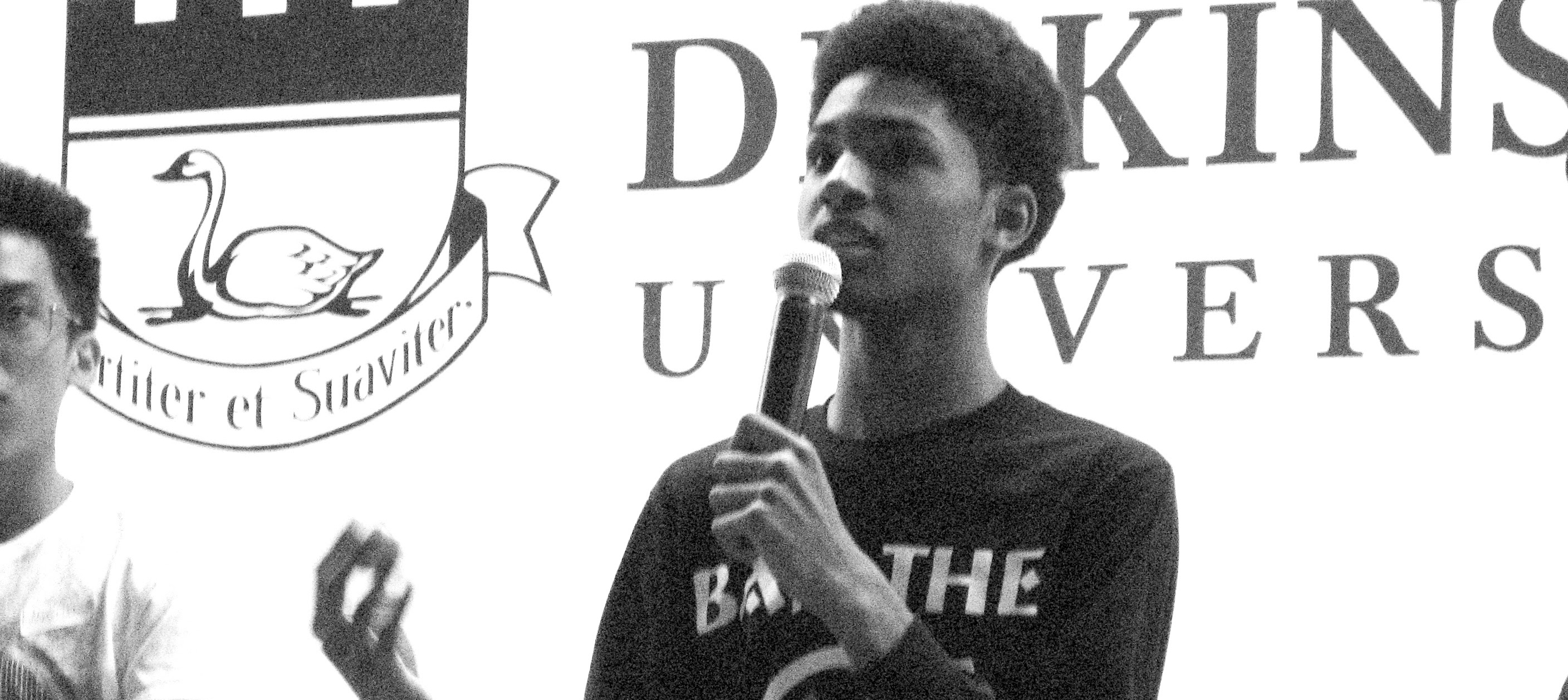
Maryann Woods-Murphy is a Gifted and Talented specialist in New Jersey and has been teaching for 38 years. She is also the 2010 New Jersey Teacher of the Year, the winner of the Martin Luther King Birthday Celebration Award, a 2011-2012 Washington Teaching Ambassador Fellow, an America Achieves Fellow (2011-2015), a member of both the Board of Directors of the National Education Association Foundation and the Northeast Conference on the Teaching of Foreign Languages. Woods-Murphy earned her Ed.D. in Teacher Leadership at Walden University in 2016 with a study on the way New Jersey teachers improve schools. She has co-chaired Teens Talk about Racism for 13 years with retired science teacher, Theadora Lacey. In her free time, she writes, travels and spends time with family, especially her two granddaughters, Olvyia and Victorya.
If you have a child with disabilities, you’re not alone: According to the latest data, over 7 million American schoolchildren — 14% of all students ages 3-21 — are classified as eligible for special...
The fight for educational equity has never been just about schools. The real North Star for this work is providing opportunities for each child to thrive into adulthood. This means that our advocacy...
The story you tell yourself about your own math ability tends to become true. This isn’t some Oprah aphorism about attracting what you want from the universe. Well, I guess it kind of is, but...
Your donations support the voices who challenge decision makers to provide the learning opportunities all children need to thrive.
Ed Post is the flagship website platform of brightbeam, a 501(c3) network of education activists and influencers demanding a better education and a brighter future for every child.
© 2020–2024 brightbeam. All rights reserved.